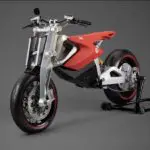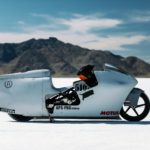Carbureted motorcycles utilize a choke to restrict airflow to the engine causing a rich fuel mixture. The choke, under normal operation, is only used when starting a cold engine. However, problems with the carburetor or motorcycle choke can arise causing starting or running issues.
It’s a real problem that can be common most of all during cold start or cold weather.
With my first motorcycle, I encountered such a problem, but I didn’t know what the reason was and what could be done.
Now, after hours and many kilometers spent on my motorcycle, I have accumulated a lot of experience that I want to share with you. My professional team helped me learn many important things that often help me in unpleasant situations.
So we decided together with our expert in mechanical engineering, Dan, who has experience in both the automotive and aerospace industries to make you a guide about motorcycle choke.
First, we will look at what a choke’s function is, how a choke works, and how that relates to the carburetor.
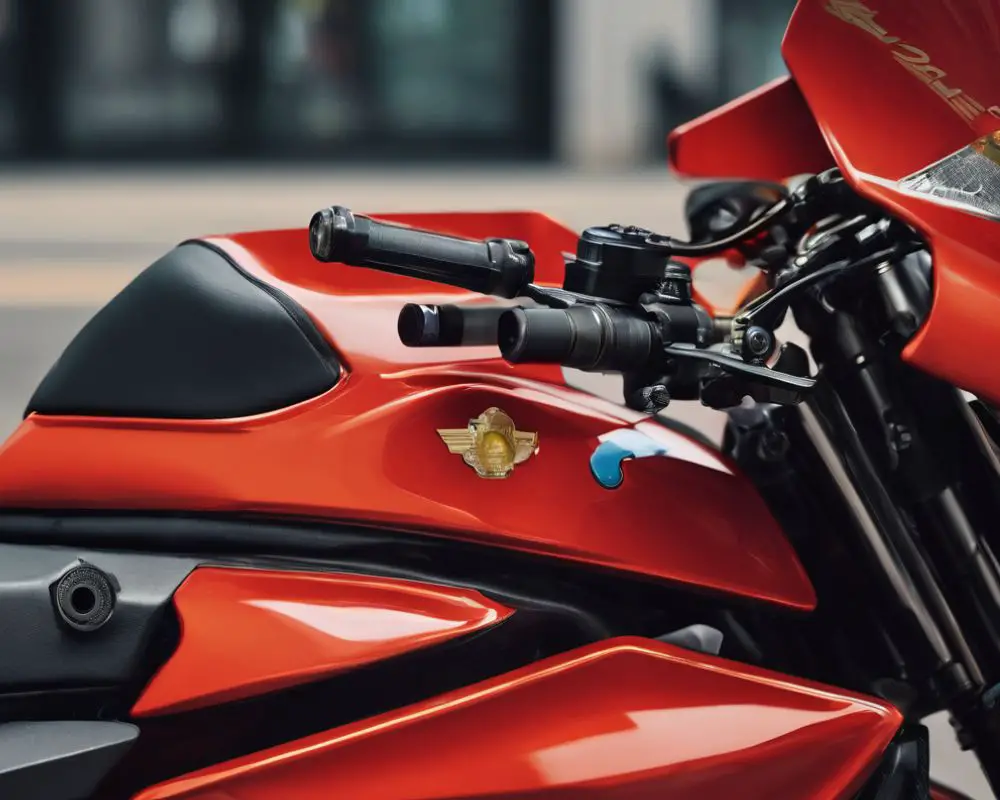
Function of a Motorcycle Choke
There are two forms of ‘choke’, depending on how old the motorcycle is. One is a cut-off valve that reduces airflow into the engine, thus enriching the mix within the cylinder for a cold start.
The second is an enrichment valve, that accomplishes the same by increasing the fuel flow rather than reducing the airflow. The enrichment valve achieves the same thing as the choke but may be set up differently depending on the model of the bike.
A motorcycle choke works to help in starting a cold engine. Its function is to restrict airflow to the engine. The reduced air causes a rich fuel mixture which makes it easier for the bike to start. In other words, the choke works to make more fuel available for the cold engine to use.
A choke valve is likely to be a pulling lever either directly attached to the carburetor or indirectly attached to the carburetor via a cable.
If you’re experiencing issues with starting your cold engine in cold weather check out our guide here and here for troubleshooting tips.
The choke is a mechanical lever which is attached to the lever. The carburetor determines the air-fuel ratio mechanically. This ratio will be adjusted by the carburetor with throttle input from the rider. The choke allows you to manually adjust the air-fuel ratio by reducing the airflow to the engine.
Some carburetors have automatic chokes that choke off when the engine warms up. Automatic choke mostly uses a metal coil to control the choke plate. Some designs use the warmth of the engine or exhaust to warm the metal coil.

Modern motorcycles may use fuel injection instead of carburetors, but the principle of enriching the fuel mixture for starting a cold engine still applies.
The choke is necessary on carbureted bikes because the engine requires different air-fuel ratios at different temperatures. This is due to changes in air density and vaporization of the gasoline.
At cold temperatures, engines don’t vaporize fuel the same way they would at operating temperatures. Utilizing a choke allows you to enrich the air-fuel mixture by reducing airflow. This will increase the vaporized fuel in the cold engine when the engine is trying to start.
After the engine is warmed up, the choke can be pushed close. This will allow the air-fuel mixture to be governed by the carburetor.
How Motorcycle choke works?
A motorcycle choke manipulates the air-fuel mixture to facilitate cold engine starts. In the cold engine, the choke works to limit the air supply. By reducing airflow, it enriches the fuel mixture, enhancing the likelihood of ignition in colder weather.
How to Use the Motorcycle Choke
I know that learning to use a choke can sound like a challenge, but trust me, it’s very simple. The choke is normally located on the left side of the motorcycle. The Honda Shadow is located between the cylinders as indicated by the red arrow below.

When you go to start your motorcycle( with a cold engine) you should pull the choke out as shown in the image below.

After the engine warms up, you should push the choke back in so it looks like the first image. That’s all there is to operate a choke on a carbureted motorcycle.
When Should the Choke Be Used?
The choke should only be used when starting a cold engine and warming up your motorcycle. You can leave the choke engaged while the engine warms up to operating temperature. It may be necessary to leave the choke on while you ride for the first mile or so to warm the bike up.
Should You Use the Choke to Start Everytime?
When the engine is cold, using the choke can be necessary. The choke is designed as an aide to help start your motorcycle. If you live in a hot climate, it might not be necessary to start your bike with the choke. When it reaches around 75-80°F I rarely have to use the choke to start my Honda Shadow.
You won’t harm your bike by not using a choke and you won’t harm your bike by using a choke to start it. You do not need to use the choke every time you start your bike. After you get a feel for your bike, you’ll be able to tell by the temperature how much choke you need to use.
Also, the choke is not an on or off switch. Full-choke provides the maximum air restriction whereas half-choke gives less air restriction. In colder weather, you’ll need to pull the choke out further than in warmer weather. Don’t forget to adjust how much choke you use based on the temperature.
Does It Hurt The Motorcycle To Ride With The Choke On?
Another common question is whether or not it’s okay to ride with the choke on. Well if you have to leave the choke on so the bike stays running, you have a problem which we’ll discuss below. However, if you accidentally leave the choke on what are the effects?
Thankfully the effects are minimal. Leaving the choke on for a ride should not have any lasting effect on your engine. All it will do is cause your bike to run richer than it normally does. This could reduce your fuel economy for that ride. If you left the choke for months of riding, you could foul the spark plugs due to the rich fuel mixture.
Our experts do not recommend intentionally riding with the choke on, but doing so once in a blue moon is nothing to worry about.
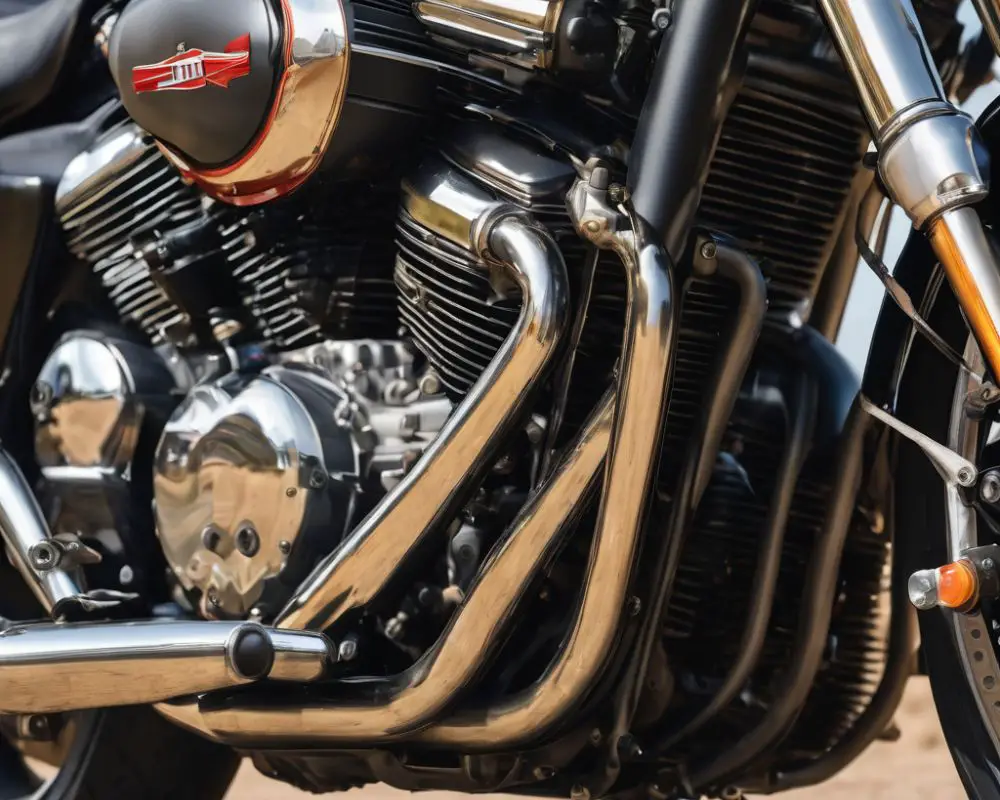
Do Fuel-Injected Bikes Have Chokes?
Before we jump into some of the choke-related symptoms a motorcycle could have, let’s address this question. The answer is no, fuel injected bikes do not have a mechanical choke.
A fuel-injected bike does not have a carburetor. The air and fuel mixtures are determined by the Engine Control Unit (ECU). If the engine wants a rich fuel mixture for starting, it can automatically increase the amount of fuel injected into the cylinders.
Fuel-injected bikes start much easier in cold weather than carbureted motorcycles, however, a well-functioning and tuned carburetor will have no issues with a cold engine.
Motorcycle Dies When Choke is Off
Has it ever happened to you where you’re just itching to go for a ride? You take the bike out start it up, and immediately when you take the choke off the engine dies?
This problem can usually be attributed to a clogged pilot jet. What’s a pilot jet you ask? A pilot jet is an orifice in the carburetor which supplies fuel to the engine at low throttle conditions. When this gets clogged, your engine can still run with the choke on since you’re restricting airflow.
However, once you push the choke in, all that air rushes in and creates a lean fuel mixture. The engine struggles to create power and dies.
Unfortunately, the fix usually isn’t as simple as pouring additives into your gas tank and letting it work the clog out. Gasoline contains many cleaning additives these days, and if you regularly gas up your bike, adding additives won’t help.
The likely fix will involve the carburetor’s disassembly and thorough cleaning/rebuilding of the carb. Here’s a brief guide from Bikebandits on how to clean your carburetor.
Tips for Maintenance Motorcycle Choke
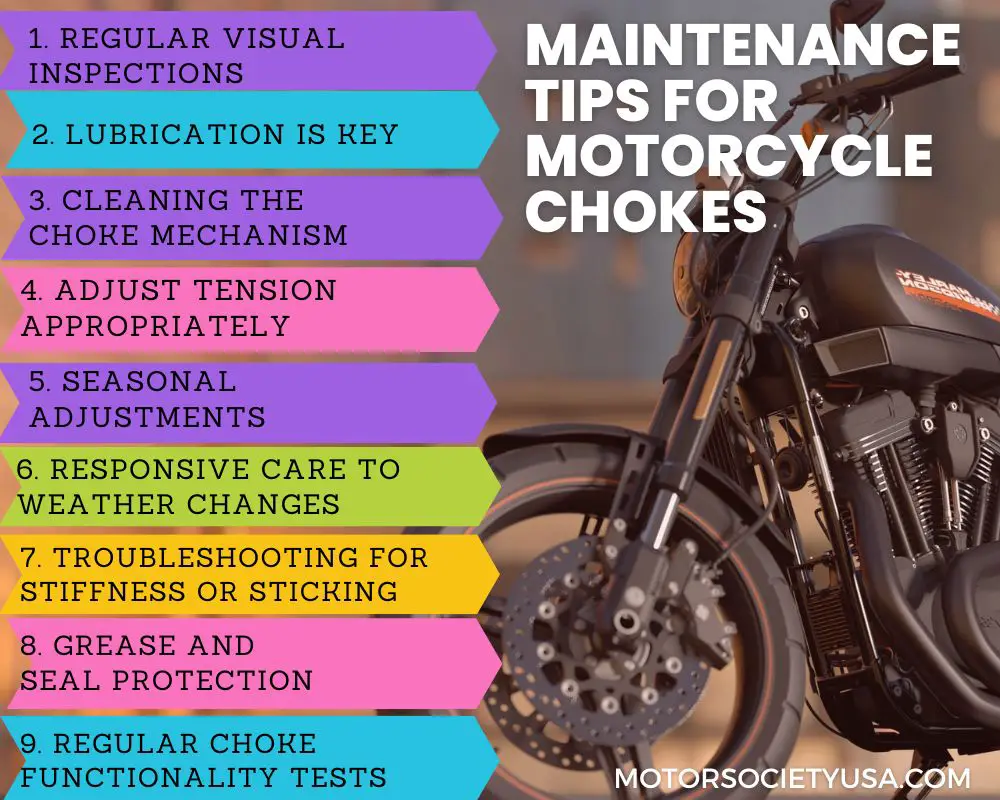
FAQ
Is it OK to ride a motorcycle with a choke on?
This is not dangerous and does not affect the motorcycle in any negative way, the reason you should fix the problem is because this way the motorcycle uses excess fuel.
How long should you leave the motorcycle choke on?
Until the engine is warm enough to run without the choke. This is usually less than one minute. For most motorcycles it’s full choke to start, then half choke – just enough to keep it running, then off completely when warm.
Should the choke be up or down on a bike?
The choke should be in the “on” position when you start a cold motor, and once the engine warms up, it should be moved to the “off” position.
Conclusion
Once the engine is in use, and naturally warms up, the choke valve can be closed, to reduce additional fuel being used.
Also, I recommend taking into consideration the tips for maintenance chokes: periodically spray the cable and actuate the choke to allow the penetrating oil to get into the joint, keep the air filter clean, and make regular choke tests.

